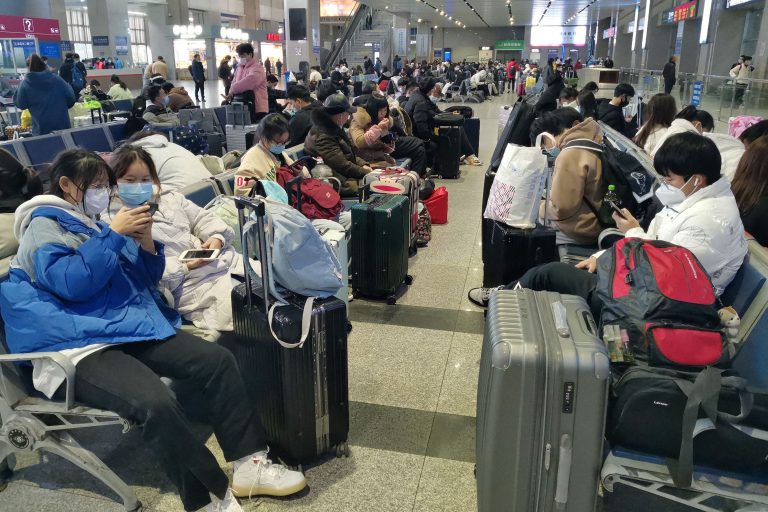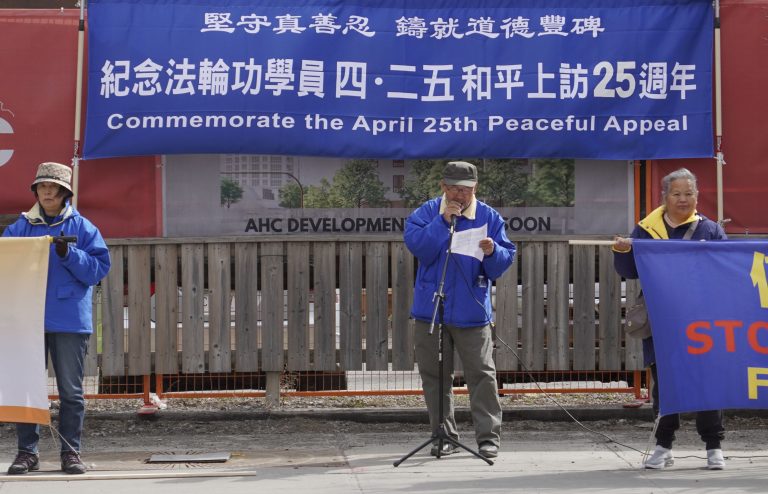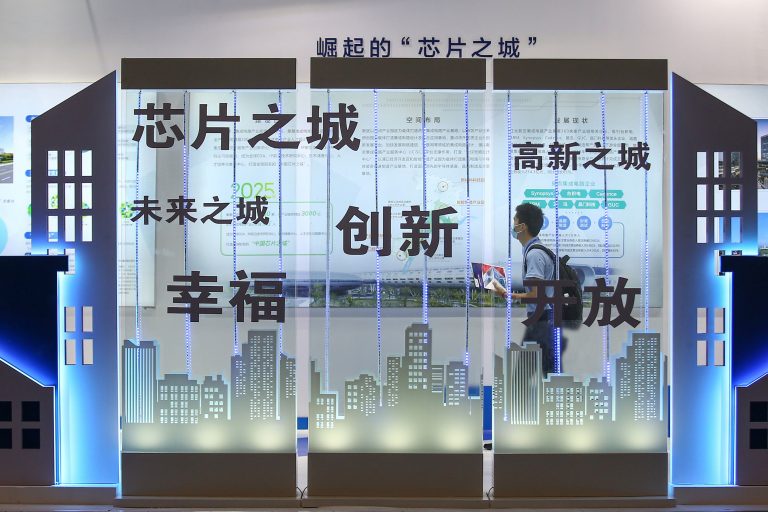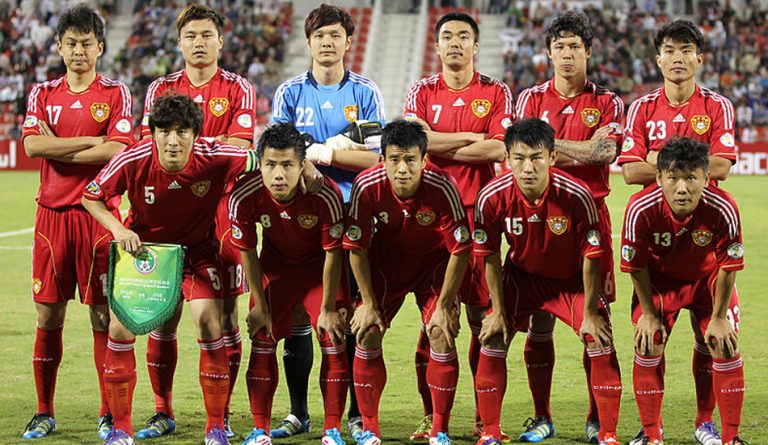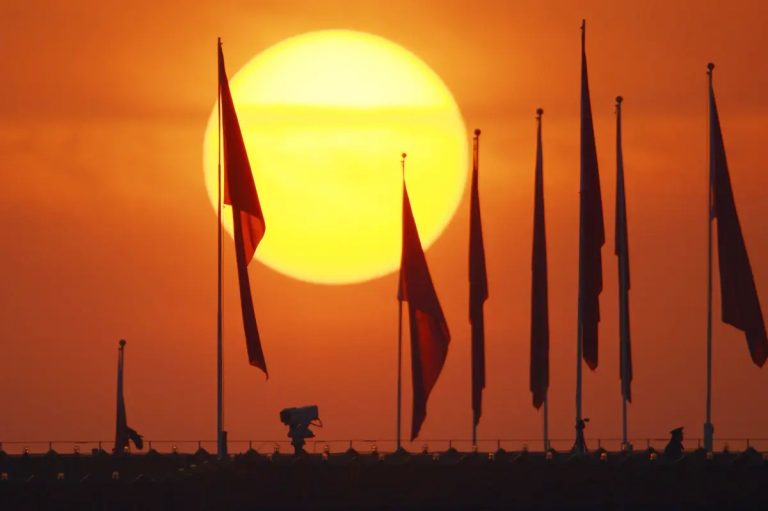The Chinese government has ordered the further relaxation of draconian “zero-COVID” restrictions that have been in place since the beginning of the pandemic, with Beijing on Dec. 7 announcing a list of 10 steps to supplement the earlier “20 measures” that were issued in mid-November.
According to the new “optimization” measures, local authorities should no longer require mass nucleic acid tests to check for COVID-19 infections, nor should they impose community-wide lockdowns. Negative COVID test results are no longer officially needed for travel within China.
While the Chinese Communist Party (CCP) has been loosening the “zero-COVID” policy since the conclusion of the Party’s 20th national congress in October, the latest round of measures is significant as it comes a week after tens of thousands of people protested in cities throughout China.
Catalyzing widespread anger about the frequent and disruptive lockdowns was the tragic Nov. 24 fire in Urumqi, Xinjiang. Dozens of residents burned to death, unable to escape or be rescued by firefighters because their apartments had been locked from the outside by authorities.
Many Chinese taking part in the protests in the days following the Urumqi fire called not just for an end to “zero-COVID,” but political freedom and even the fall of the CCP itself.
EARLIER PROTESTS AGAINST CHINA’S PANDEMIC MEASURES
- Students in China’s Zhengzhou Protest ‘Zero-COVID’ Policy: ‘End the Lockdowns’
- Residents in China’s Guangxi Province Take to the Streets to Protest Draconian ‘Zero-COVID’ Policies
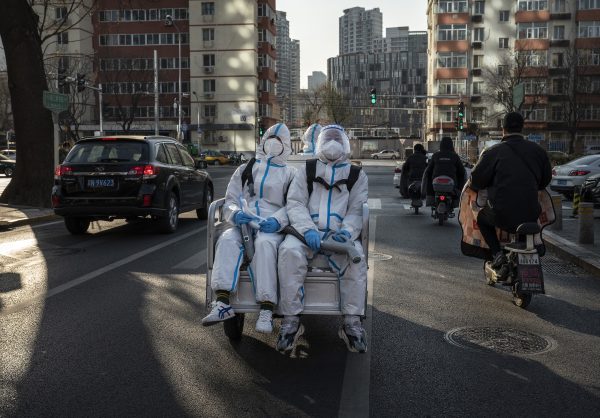
Success
You are now signed up for our newsletter
Success
Check your email to complete sign up
According to the Wall Street Journal, the protests had such an impact that Chinese leader Xi Jinping acknowledged the situation in private remarks. On Dec. 1, while conversing with European Council President Charles Michel in Beijing, Xi had admitted the demonstrations “were mainly by students and the result of frustration about three years of COVID-related restrictions.”
On Dec. 3, the official WeChat social media account of the Communist Youth League alluded to the mass protests, noting that “in the past few days, there have been quite a lot of opinions about local epidemic controls.” However, the youth group also claimed that “the incident has initially subsided through prompt communication and improvements” in policy.
Meanwhile, in his conversation with Michel, Xi reportedly remarked that the newer variants of COVID-19, which first emerged in late 2019 in the Chinese city of Wuhan, appear “less deadly than earlier iterations” of the disease.
Response to protests or par for the course?
It’s hard to tell how much the CCP’s newest measures for “optimized” epidemic prevention and control are merely part of pre-planned moves by the Xi leadership and to what extent the public outcry influenced them in response to the Urumqi fire.
Tellingly, the new measures specifically prohibit epidemic prevention personnel from obstructing or sealing off doors and fire exits, which caused the tragedy in Xinjiang.
They also reduce the requirements for sending people to centralized quarantine facilities, the infamous “fangcang” isolation camps that now litter China’s provinces.
The Wall Street Journal observed that the Youth League’s post may be the “first official admission of flaws in the zero-COVID policy.”
In late November and early this month, students in various universities across China demanded to be allowed to travel back home rather than be locked down on campus as has often been the case under the previous pandemic control measures.
Some students even warned campus administrators that if their demands were not met, they would create another “Foxconn situation”, referring to the episodes in late October and November when thousands of workers at the world’s largest iPhone factory violently clashed with epidemic prevention personnel, broke barricades penning them in their workplace, and escaped the facility on foot.
According to Chinese media reports, many institutions of higher learning had issued notices regarding the adjustment of winter vacation time “according to the epidemic prevention and control situation, as well as the wishes and needs of the teachers and students.”
According to Chinese media, colleges in Henan, Hubei, Heilongjiang, Jilin, Liaoning, and Fujian have begun to acquiesce to such demands.
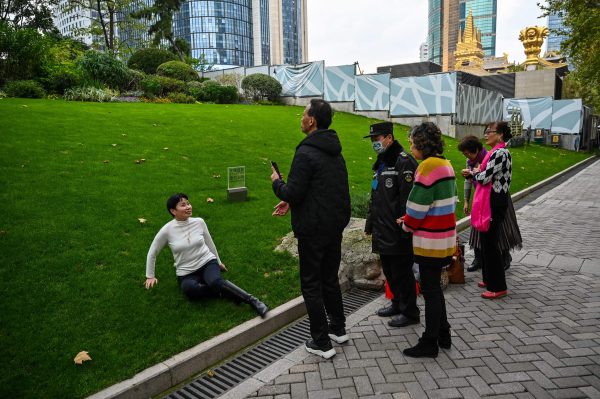
Difficulty of re-opening
According to SinoInsider, a New York-based political risk consultancy specializing in elite Chinese politics, the events of recent weeks both pan out with Beijing’s plans for re-opening the country and demonstrate the steep difficulty of smoothly reversing years of “zero-COVID.”
In a Dec. 8 newsletter, SinoInsider noted that the Xi leadership is still trying to keep ‘zero-COVID” on the books by justifying amendments to the policy as being in line with the “science,” as evidenced by Xi’s remarks to Michel.
The analysts observed that despite Beijing’s orders to ease the pandemic, officials would be confused and even undermine the policy shift by finding ways to get around the 30 “optimization” measures. Local governments would do this because of vague wording from Beijing and because they could be afraid of being blamed for new COVID outbreaks and deaths as communities re-open.
“Businesses, investors, and governments should not be overly optimistic about Beijing’s determination to exit ‘zero-COVID’ and plan for China’s quick (within a year) return to relative normality,” SinoInsider wrote.
On a more sinister note, provincial and municipal Chinese officials may be reluctant to give up the draconian policies if they are getting kickbacks from the infrastructure and personnel set up at great expense to maintain the strict regime of mass testing and quarantines.
Per the analysts, “as long as “zero-COVID” is not officially scrapped, local officials are prone to the ‘cobra effect’ where they find ways to perpetually fight ‘outbreaks’ … and justify to the central government their decision to be ‘unwavering’ in maintaining lockdowns instead of gradually relaxing ‘zero-COVID.’”



